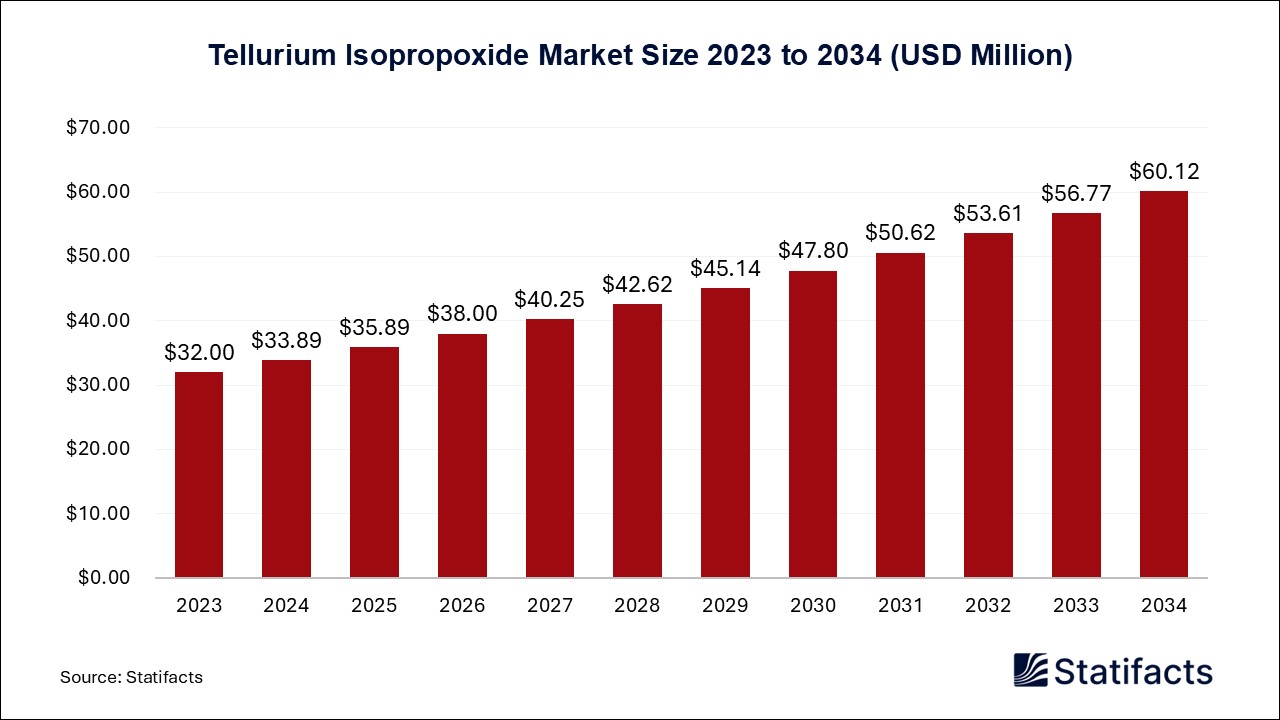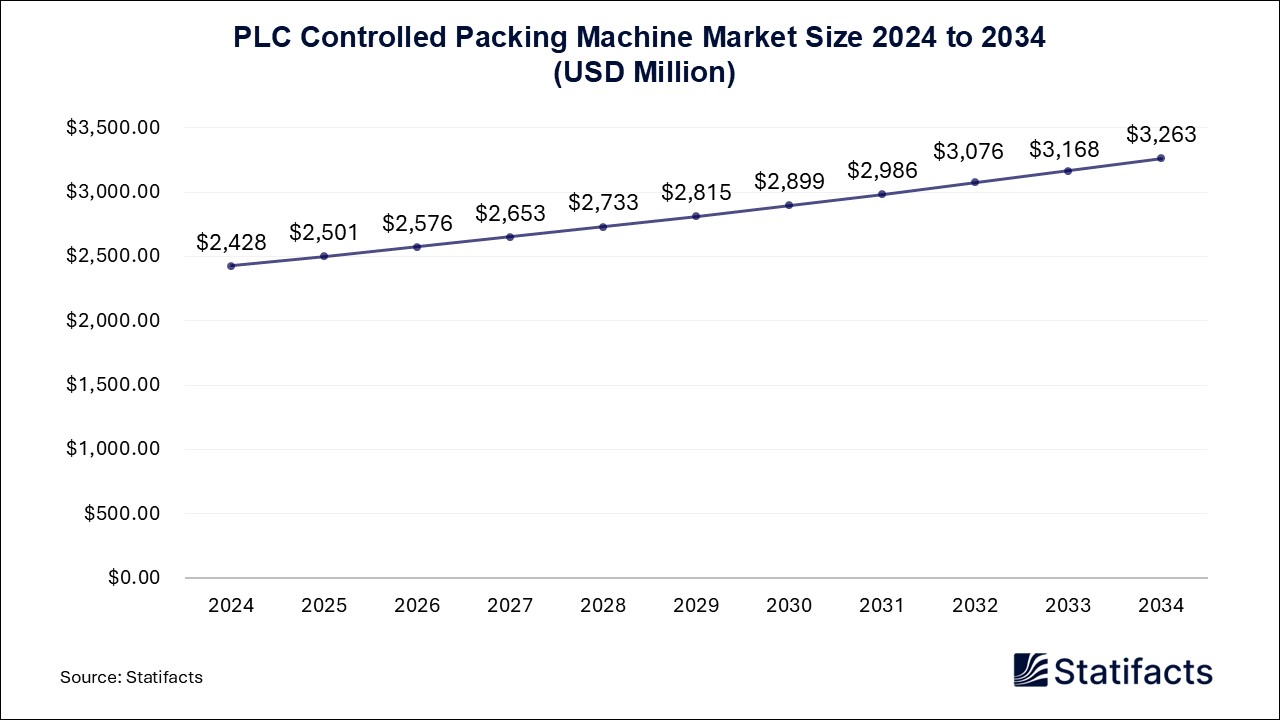
By clicking “Accept All Cookies” you agree to the storing of cookies on your device to enhance site navigation, analyze site usage, and assist in our marketing efforts.
Privacy PolicyVitamin D Market (By Type: Food Grade, Feed Grade, and Medical Grade; By Application: Feed, Medical, and Food; By Region: North America, Europe, Asia Pacific, Latin America, and Middle East & Africa) Industry Size, Share, Growth, Trends 2025 to 2034
The global vitamin D market was valued at USD 191 million in 2024 and is projected to reach USD 603.9 million by 2034, growing at a CAGR of 12.2%. The market growth is primarily driven by increasing consumer awareness about bone health, immune support, and the rising prevalence of vitamin D deficiency worldwide, alongside the expanding nutraceutical and dietary supplements sector.
| Reports Attributes | Statistics |
| Market Size in 2024 | USD 191 Million |
| Market Size in 2025 | USD 214.3 Million |
| Market Size in 2031 | USD 427.55 Million |
| Market Size by 2034 | USD 603.9 Million |
| CAGR 2025 to 2034 | 12.2% |
| Base Year | 2024 |
| Forecast Period | 2025 to 2034 |
The vitamin D market is expanding at a rapid pace due to the rising prevalence of vitamin D deficiency, which has led to conditions like obesity. For instance, a report by NIH (U.S Government), Vitamin D deficiency affects around 1 billion people worldwide. As a result, the urban population is witnessing health and wellness trends that are creating a huge demand for such supplements. The overdosage of some nutrients in particular products may hamper their intake for individuals, which restricts the growth pace at the current time.
The vitamin D market is expected to gain massive popularity as the pharmaceutical companies are investing in R&D that creates user-friendly supplements for common and diagnosed individuals. The rise of AI is being implemented in product innovation, where it is being used in formulations, robotics (manufacturing, and many more.
Published by Vidyesh Swar
| Type | 2024 | 2025 | 2026 | 2027 | 2028 | 2029 | 2030 | 2031 | 2032 | 2033 | 2034 |
|---|---|---|---|---|---|---|---|---|---|---|---|
| Food Grade | 66.85 | 74.79 | 83.68 | 93.61 | 104.73 | 117.17 | 131.08 | 146.65 | 164.06 | 183.54 | 205.33 |
| Feed Grade | 57.30 | 63.65 | 70.69 | 78.51 | 87.17 | 96.79 | 107.46 | 119.29 | 132.40 | 146.94 | 163.05 |
| Medical Grade | 66.85 | 75.86 | 86.08 | 97.66 | 110.79 | 125.66 | 142.52 | 161.61 | 183.25 | 207.75 | 235.52 |
| Application | 2024 | 2025 | 2026 | 2027 | 2028 | 2029 | 2030 | 2031 | 2032 | 2033 | 2034 |
|---|---|---|---|---|---|---|---|---|---|---|---|
| Feed | 53.48 | 59.15 | 65.40 | 72.30 | 79.91 | 88.30 | 97.55 | 107.74 | 118.97 | 131.33 | 144.94 |
| Medical | 76.40 | 86.58 | 98.10 | 111.15 | 125.92 | 142.64 | 161.57 | 182.99 | 207.23 | 234.67 | 265.72 |
| Food | 61.12 | 68.57 | 76.95 | 86.33 | 96.86 | 108.68 | 121.94 | 136.82 | 153.51 | 172.23 | 193.24 |
| Region | 2024 | 2025 | 2026 | 2027 | 2028 | 2029 | 2030 | 2031 | 2032 | 2033 | 2034 |
|---|---|---|---|---|---|---|---|---|---|---|---|
| North America | 61.12 | 67.93 | 75.50 | 83.90 | 93.23 | 103.58 | 115.08 | 127.84 | 141.99 | 157.70 | 175.13 |
| Asia Pacific | 57.30 | 65.36 | 74.54 | 84.98 | 96.86 | 110.38 | 125.75 | 143.23 | 163.10 | 185.69 | 211.36 |
| Europe | 53.48 | 59.36 | 65.88 | 73.11 | 81.12 | 90 | 99.84 | 110.74 | 122.81 | 136.17 | 150.98 |
| LAMEA | 19.10 | 21.65 | 24.53 | 27.79 | 31.48 | 35.66 | 40.39 | 45.74 | 51.81 | 58.67 | 66.43 |
Table 1: Global Vitamin D Market Size (2024–2034) – USD Million
Table 2: Global Vitamin D Market CAGR (%) (2024–2034)
Table 3: Vitamin D Market Size by Type – Food Grade (USD Million) – Global & Country-level
Table 4: Vitamin D Market Size by Type – Feed Grade (USD Million) – Global & Country-level
Table 5: Vitamin D Market Size by Type – Medical Grade (USD Million) – Global & Country-level
Table 6: Type-wise Market Share (%) – Global & Country-level
Table 7: Vitamin D Market Size by Application – Feed (USD Million) – Global & Country-level
Table 8: Vitamin D Market Size by Application – Medical (USD Million) – Global & Country-level
Table 9: Vitamin D Market Size by Application – Food (USD Million) – Global & Country-level
Table 10: Application-wise Market Share (%) – Global & Country-level
Table 11: North America Vitamin D Market Size by Country – USD Million (U.S., Canada, Mexico)
Table 12: Europe Vitamin D Market Size by Country – USD Million (Germany, France, UK, Italy, etc.)
Table 13: Asia Pacific Vitamin D Market Size by Country – USD Million (China, Japan, India, South Korea, Southeast Asia)
Table 14: South America Vitamin D Market Size by Country – USD Million (Brazil, Argentina, etc.)
Table 15: Middle East & Africa Vitamin D Market Size by Country – USD Million (Turkey, GCC, Africa)
Table 16: Year-wise Vitamin D Market Forecast by Type – Country-level (2024–2034)
Table 17: Year-wise Vitamin D Market Forecast by Application – Country-level (2024–2034)
Table 18: Year-wise CAGR (%) by Type and Application – Country-level (2024–2034)
Figure 1: Global Vitamin D Market Size – 2024 vs 2034 (USD Million)
Figure 2: Global CAGR (%) Trend – 2024 to 2034
Figure 3: Type-wise Market Share – Global (%)
Figure 4: Food Grade Vitamin D Market Share by Region (%)
Figure 5: Feed Grade Vitamin D Market Share by Region (%)
Figure 6: Medical Grade Vitamin D Market Share by Region (%)
Figure 7: Application-wise Market Share – Global (%)
Figure 8: Feed Application Market by Region (%)
Figure 9: Medical Application Market by Region (%)
Figure 10: Food Application Market by Region (%)
Figure 11: North America Vitamin D Market – Country-wise Share (%)
Figure 12: Europe Vitamin D Market – Country-wise Share (%)
Figure 13: Asia Pacific Vitamin D Market – Country-wise Share (%)
Figure 14: South America Vitamin D Market – Country-wise Share (%)
Figure 15: Middle East & Africa Vitamin D Market – Country-wise Share (%)
Figure 16: Year-wise Market Growth by Type – North America (2024–2034)
Figure 17: Year-wise Market Growth by Application – Europe (2024–2034)
Figure 18: Year-wise CAGR (%) Comparison by Type – Asia Pacific
Figure 19: Year-wise CAGR (%) Comparison by Application – Middle East & Africa
| Subsegment | 2024 | 2025 | 2026 | 2027 | 2028 | 2029 | 2030 | 2031 | 2032 | 2033 | 2034 |
|---|---|---|---|---|---|---|---|---|---|---|---|
| Food Grade | 66.85 | 74.79 | 83.68 | 93.61 | 104.73 | 117.17 | 131.08 | 146.65 | 164.06 | 183.54 | 205.33 |
| Feed Grade | 57.30 | 63.65 | 70.69 | 78.51 | 87.17 | 96.79 | 107.46 | 119.29 | 132.40 | 146.94 | 163.05 |
| Medical Grade | 66.85 | 75.86 | 86.08 | 97.66 | 110.79 | 125.66 | 142.52 | 161.61 | 183.25 | 207.75 | 235.52 |
| Subsegment | 2024 | 2025 | 2026 | 2027 | 2028 | 2029 | 2030 | 2031 | 2032 | 2033 | 2034 |
|---|---|---|---|---|---|---|---|---|---|---|---|
| Feed | 53.48 | 59.15 | 65.40 | 72.30 | 79.91 | 88.30 | 97.55 | 107.74 | 118.97 | 131.33 | 144.94 |
| Medical | 76.40 | 86.58 | 98.10 | 111.15 | 125.92 | 142.64 | 161.57 | 182.99 | 207.23 | 234.67 | 265.72 |
| Food | 61.12 | 68.57 | 76.95 | 86.33 | 96.86 | 108.68 | 121.94 | 136.82 | 153.51 | 172.23 | 193.24 |
| Subsegment | 2024 | 2025 | 2026 | 2027 | 2028 | 2029 | 2030 | 2031 | 2032 | 2033 | 2034 |
|---|---|---|---|---|---|---|---|---|---|---|---|
| North America | 61.12 | 67.93 | 75.50 | 83.90 | 93.23 | 103.58 | 115.08 | 127.84 | 141.99 | 157.70 | 175.13 |
| Asia Pacific | 57.30 | 65.36 | 74.54 | 84.98 | 96.86 | 110.38 | 125.75 | 143.23 | 163.10 | 185.69 | 211.36 |
| Europe | 53.48 | 59.36 | 65.88 | 73.11 | 81.12 | 90 | 99.84 | 110.74 | 122.81 | 136.17 | 150.98 |
| LAMEA | 19.10 | 21.65 | 24.53 | 27.79 | 31.48 | 35.66 | 40.39 | 45.74 | 51.81 | 58.67 | 66.43 |
To get full access to our Market Insights, you need a Professional Account or a Business Suite.

You will receive an email from our Business Development Manager. Please be sure to check your SPAM/JUNK folder too.

You will receive an email from our Business Development Manager. Please be sure to check your SPAM/JUNK folder too.

Our customers work more efficiently and benefit from


